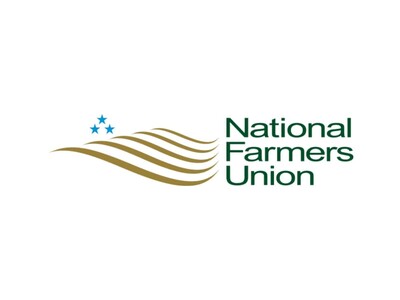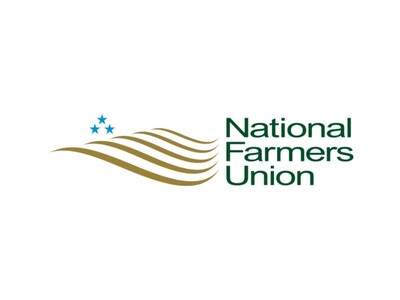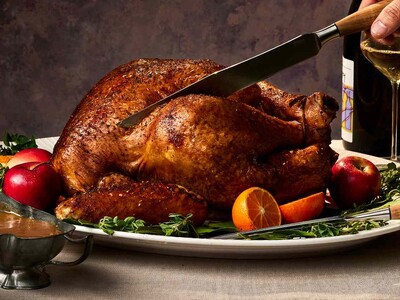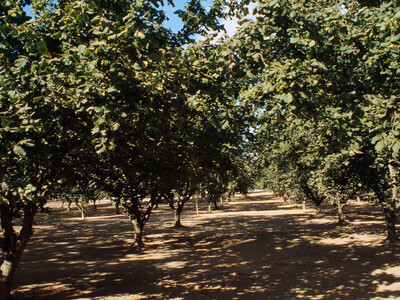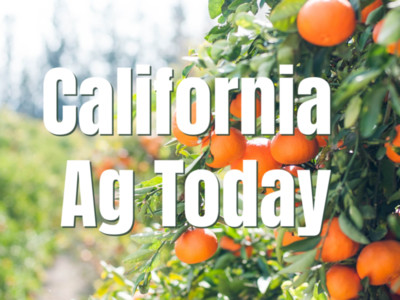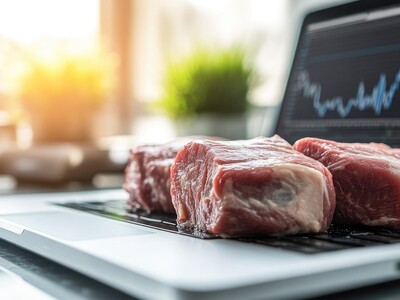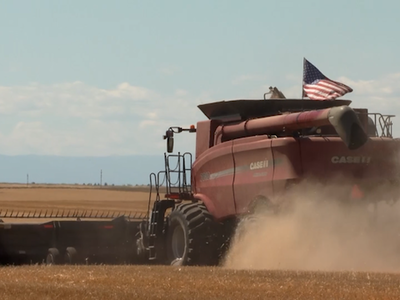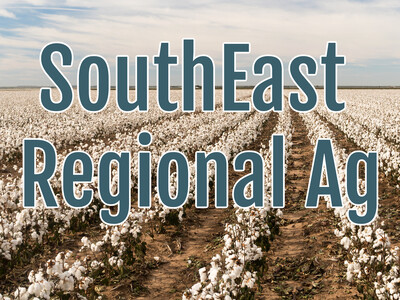Ancient Art Of Grafting Vegetables & Vietnamese Labeling Requirements
What do you get when you cross a bottle gourd with a watermelon? A watermelon with a resistance to verticillium, thanks to the bottle gourd’s own natural resistance to wilt.
Now that methyl bromide, an odorless, colorless gas used as a fumigant to control pests across a wide range of agricultural sectors, has been virtually phased out producers need new methods to combat the fungus known as verticillium wilt. That’s where a centuries old technique becomes new again. Vegetable grafting is an ancient Asian practice. WSU Associate Professor Carol Miles and her team of researchers are putting a modern twist on this age old technique to help tomato, watermelon, and eggplant growers fight the wilts. By grafting stronger disease resistant plants to less disease resistant plants a simple biological method of disease resistance can be achieved. Interestingly, they’ve found that people are efficient and affordable vegetable grafters, achieving a 95 percent grafting success rate, grafting 30 thousand plants per 8 1/2 hour day.
Producers who ship fresh potatoes to Vietnam are being told that each case needs to have a Vietnamese label for their product, which could be costly for exporters. Matt Harris, assistant executive director of the Washington State Potato Commission, talks about the next step for potato exporters.
HARRIS: It’s a new law that was just recently passed so we’re still in the process of kind of chewing on it and understanding exactly what needs to occur. If it’s something that’s too far off in left field, can we work and try to bring this closer to center and make sure that there is no real issue with what needs to be complied with with the Vietnamese law.
I’m Lacy Gray and that’s Washington Ag Today on the Northwest Ag Information Network.




